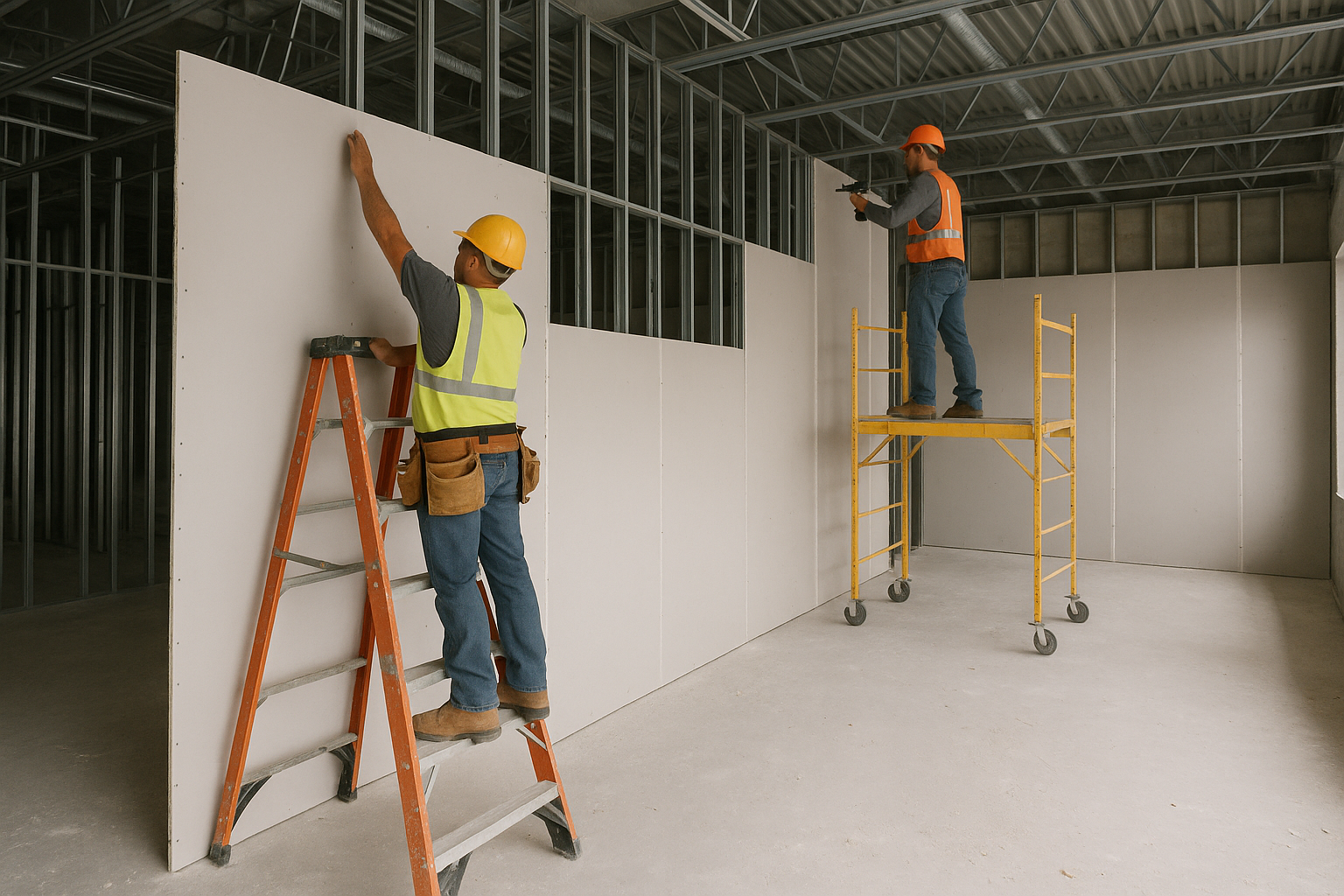
As design documents progress from early sketches to fully detailed construction drawings, the maturity of that design has a profound impact on drywall quantity estimates. For general contractors, engineers, and architects involved in the preconstruction phase, understanding how design maturity influences these quantities can help refine budgeting, procurement, and execution strategies—ultimately leading to more accurate project outcomes and financial control.
Design maturity refers to the stage of development of a project’s drawings and specifications. It ranges from schematic design (SD) to design development (DD) and construction documents (CD). Each stage brings greater clarity and specificity, which directly affects the accuracy of quantity takeoffs—especially for materials like drywall where variations in partitions, ceiling details, and build-outs are common.
As designs evolve, so does the detail in wall assemblies, ceiling types, shaft walls, soffits, and penetrations. At each stage:
Miscalculating drywall quantities early due to immature designs can result in:
One effective way to mitigate design maturity risks is through data-driven intelligence that compares estimates across design stages. This helps identify quantity deltas early and ensures your estimating assumptions are grounded in real-time design progress, not static placeholders. For instance, tracking drywall assemblies from schematic assumptions through to final CD models can show whether early budget allowances hold up—and if not, where adjustments are needed.
Level of Development (LOD) in BIM models provides another layer of granularity. A drywall wall modeled at LOD 100 might just be a placeholder mass, while at LOD 400 it has detailed metadata and precise location. This progression greatly affects how accurate the estimate is at any point.
By integrating these LOD changes into estimating systems, contractors can adjust their pricing, labor, and scheduling assumptions with much greater confidence—especially when using specialized drywall estimating software.
To account for design maturity, consider these best practices:
Active Estimating enables estimators to track objective and subjective quantities across multiple iterations, using both model data and expert inputs. By capturing how drywall quantities change with design maturity, it allows for quicker estimate updates, fewer surprises, and tighter control over both budgets and timelines.
Design maturity is not just a design issue—it’s an estimating imperative. Recognizing how drywall quantities evolve as designs progress helps construction professionals avoid costly surprises and align expectations across teams. With the right tools and a commitment to leveraging data from every phase, firms can gain a true edge in preconstruction planning and execution.
For more information or to see how our solution can transform your drywall estimating process, reach out to:
Richard Schoener
Email: richard@activeestimating.com
Phone: (530) 601-7899
Schedule a personalized demo to see how Active Estimating can work for your specific needs.
